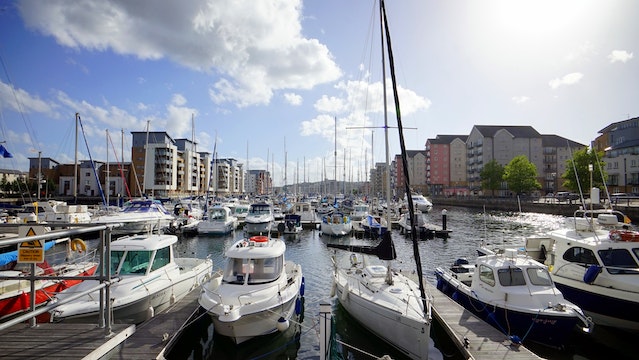Although sailboats are boats with sails, they are not a cohesive group. Design and function, as well as the culture permeating each subgroup, distinguish sailboat kinds. Let’s categorise the available sailboats for sale according to hull types, rig types, and activities/uses.
Types of Sailboat Hulls
Sailboats ride on different hulls, which vary in number and shape. The three fundamental hull types include:
- Monohulls (one hull)
- Catamarans (two hulls)
- Trimarans (three hulls)
Monohulls
Monohulls have a single hull, although this does not make them identical. Traditional monohulls may have:
- Full keels (heavy encapsulated ballast that runs along the bottom of the hull)
- Cutaway keels (similar to full, but the forefoot is cutaway, allowing the boat greater manoeuvrability in tight quarters)
- Bolted-on fin keels that may have a ballast bulb at the bottom to keep the vessel stable.
Monohulls may also have a swing keel, daggerboard, or centreboard that retracts into a hull appendage. With the keel or board raised, the boat may enter shallower water and move downwind more quickly. With the keel lowered, the ship tracks more effectively upwind.
Small monohulls, such as sailing dinghies, may also be equipped with shallow planing hulls that may surf waves. When a minimal speed is attained, monohulls may also foil on appendages (often constructed of carbon fibre) with the actual hull out of the water.
Catamarans
Catamarans (commonly dubbed “cats”) consist of two hulls connected by a deck or trampoline. Large cats (over 35 feet) have become popular for chartering since they offer more excellent interior and deck space and a less seasickness-inducing motion. Small catamarans with a trampoline between the hulls make for enjoyable daysailers.
Because catamarans lack deep, heavy keels, they often sail quicker against the wind.
Trimarans
There are three hulls on a trimaran: the main hull and two amas (side hulls used for stability). On some trimarans, the arms that hold the amas can fold inward, resulting in a trimaran that is smaller and, in some circumstances, trailerable. Large cruising trimarans are rising in favour because of their stability and speed.
Sailboat Rig Varieties
Sailboat rigging consists of the following:
- The mast(s)
- boom(s)
- shrouds or stays used to support the mast
One-masted sailboats are typically sloops with one mainsail and one headsail.
Typically, a cutter rig has one mast but two or more headsails. This rig “cuts” the foretriangle between the front (head) stay and the main mast. Multiple headsails permit versatile sail configurations under different wind conditions.
Ketches and yawls feature an additional mast behind the primary mast. The ketch layout positions the mizzenmast behind the mainmast but in front of the rudderpost. In contrast, the yawl form has it behind the post. The auxiliary mast is shorter than the primary mast. Both of these designs (split rigs) offer a larger sail area that is not exclusively dependent on the height of the mainmast, making them simpler to handle when sailing shorthanded.
Additionally, schooners have many masts, two or more. The front mast is shorter than the main mast, though. The rigging of tall ships is its own category and may become rather intricate.
For more informative articles, check out the rest of our site!

